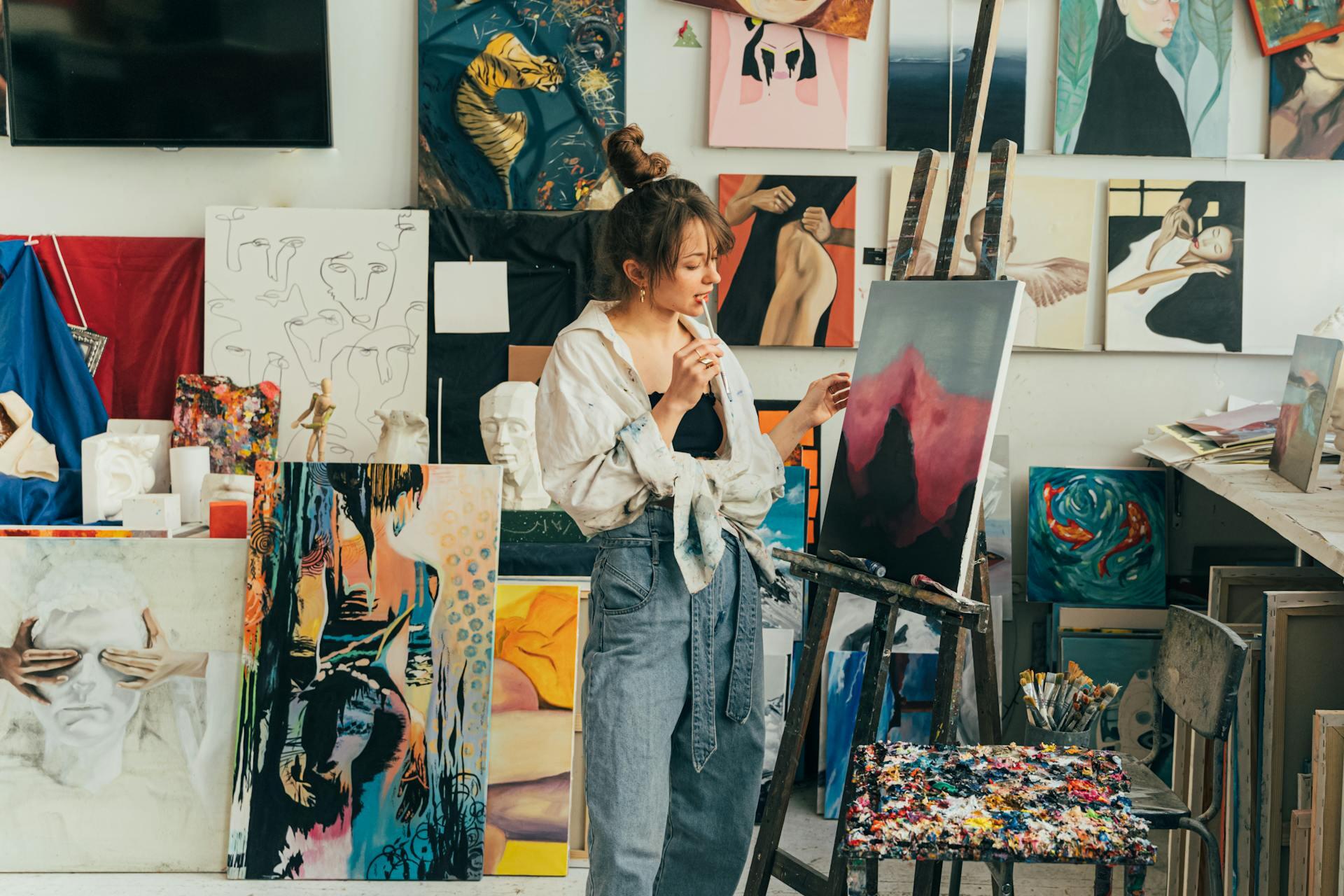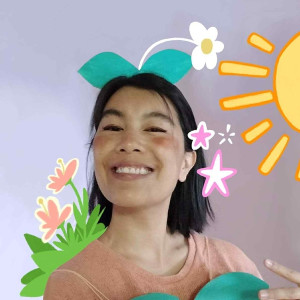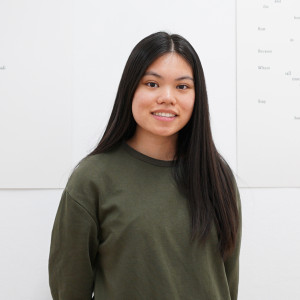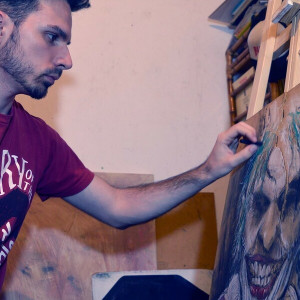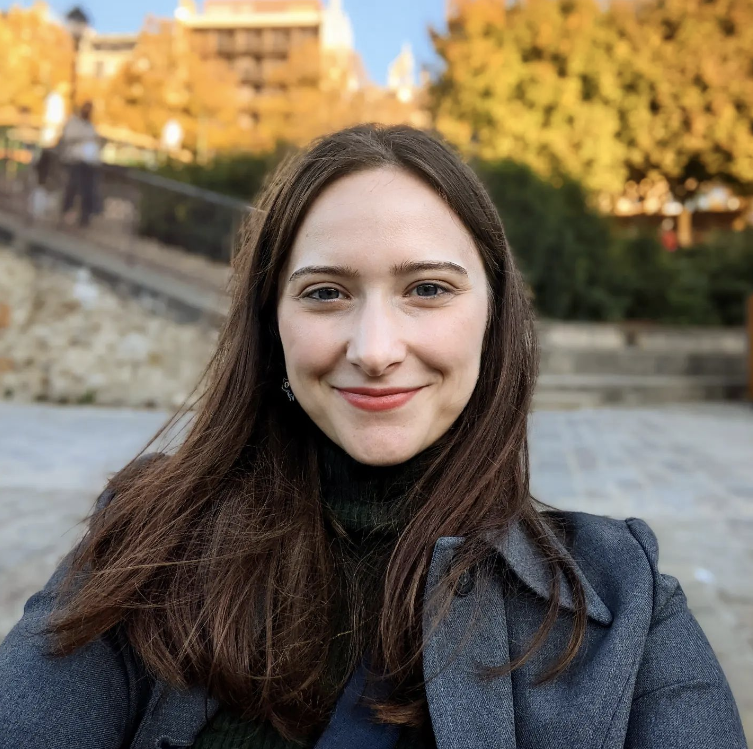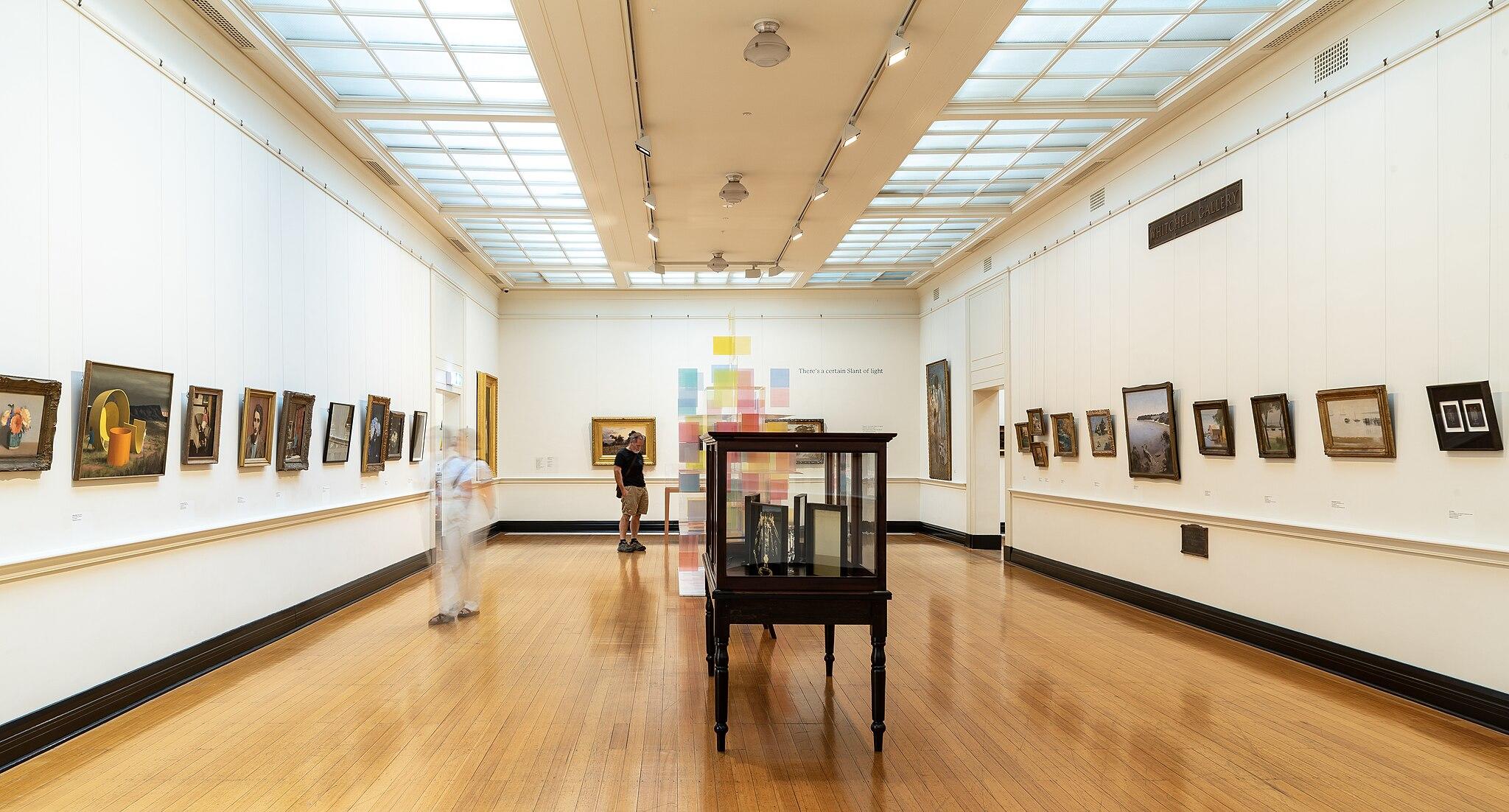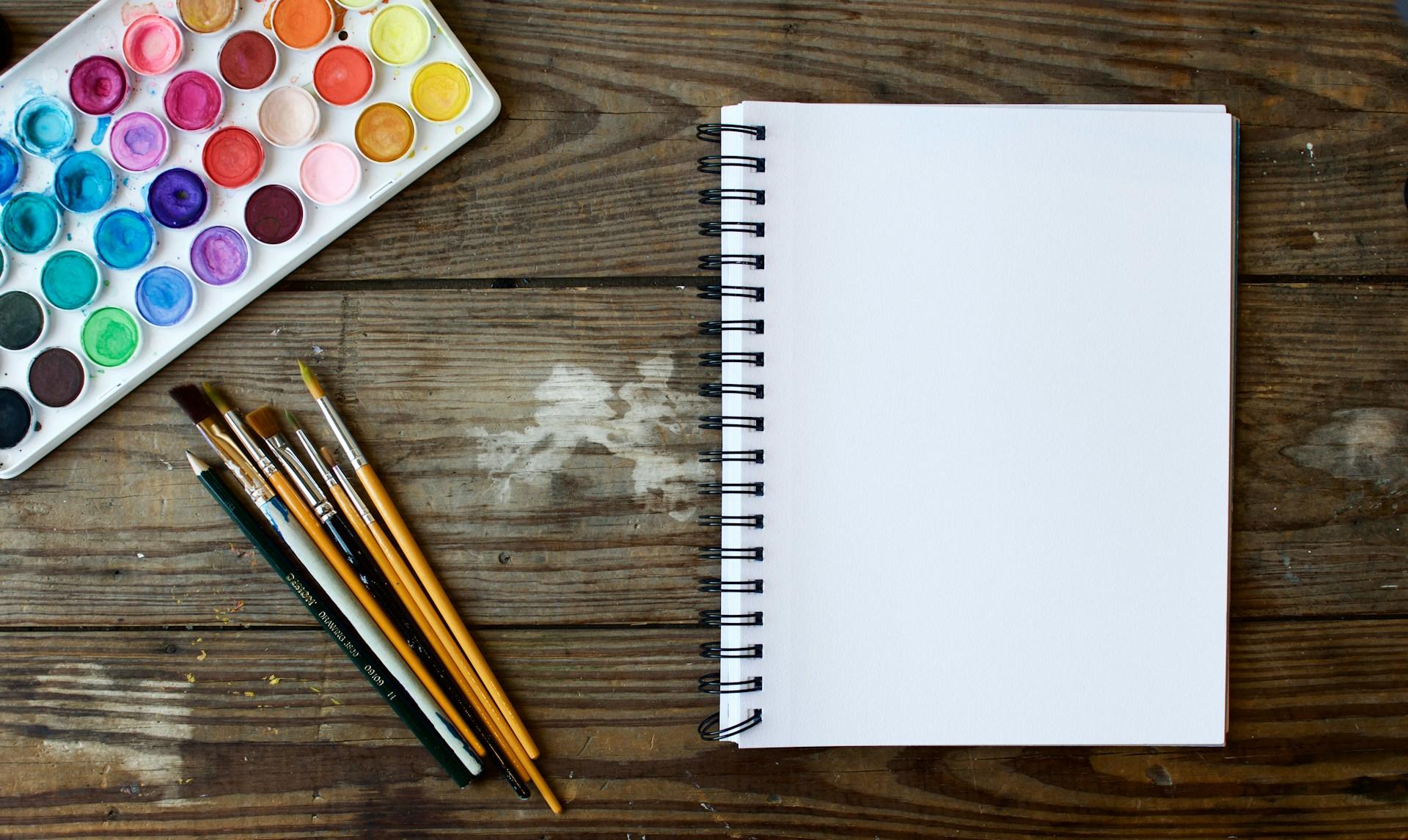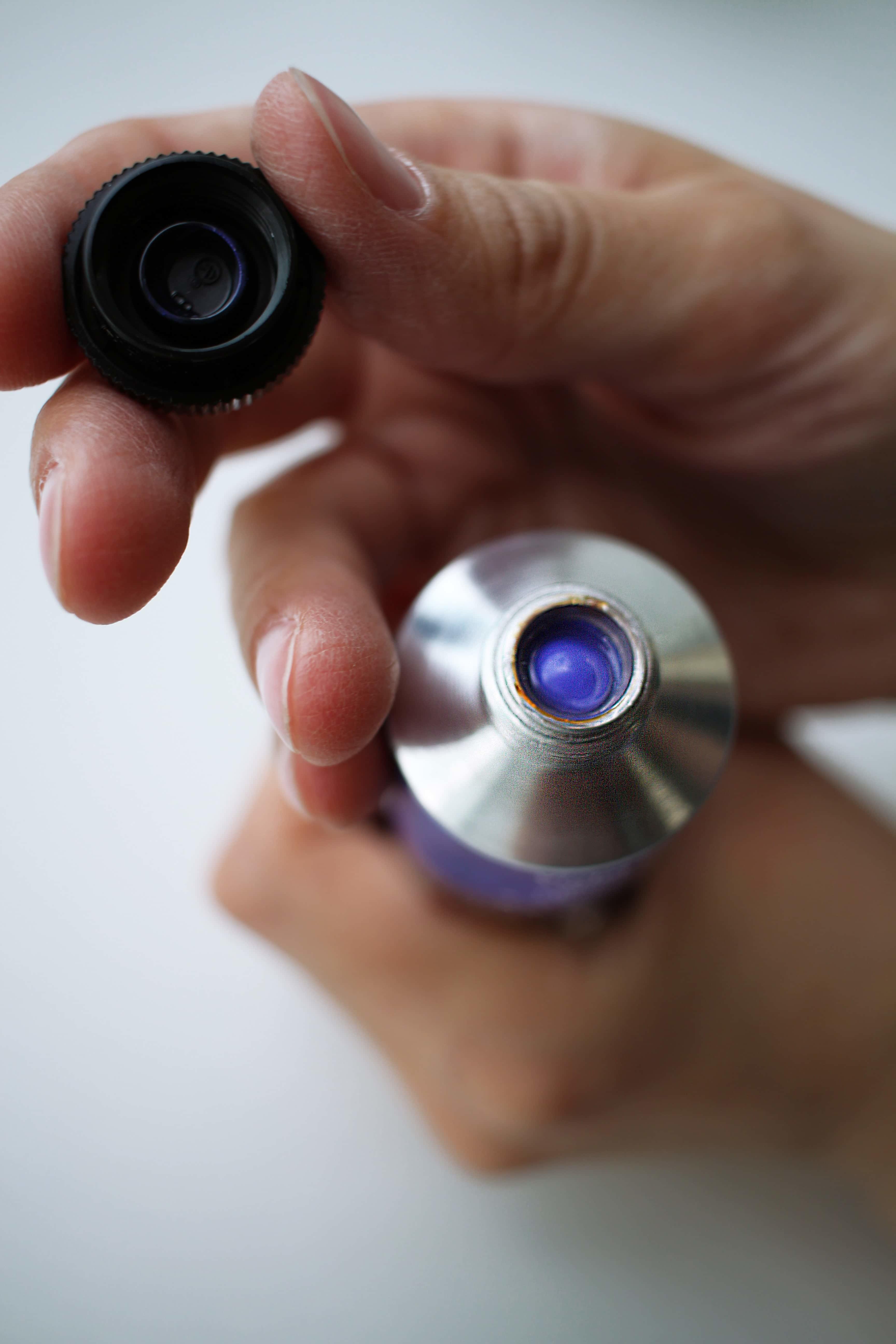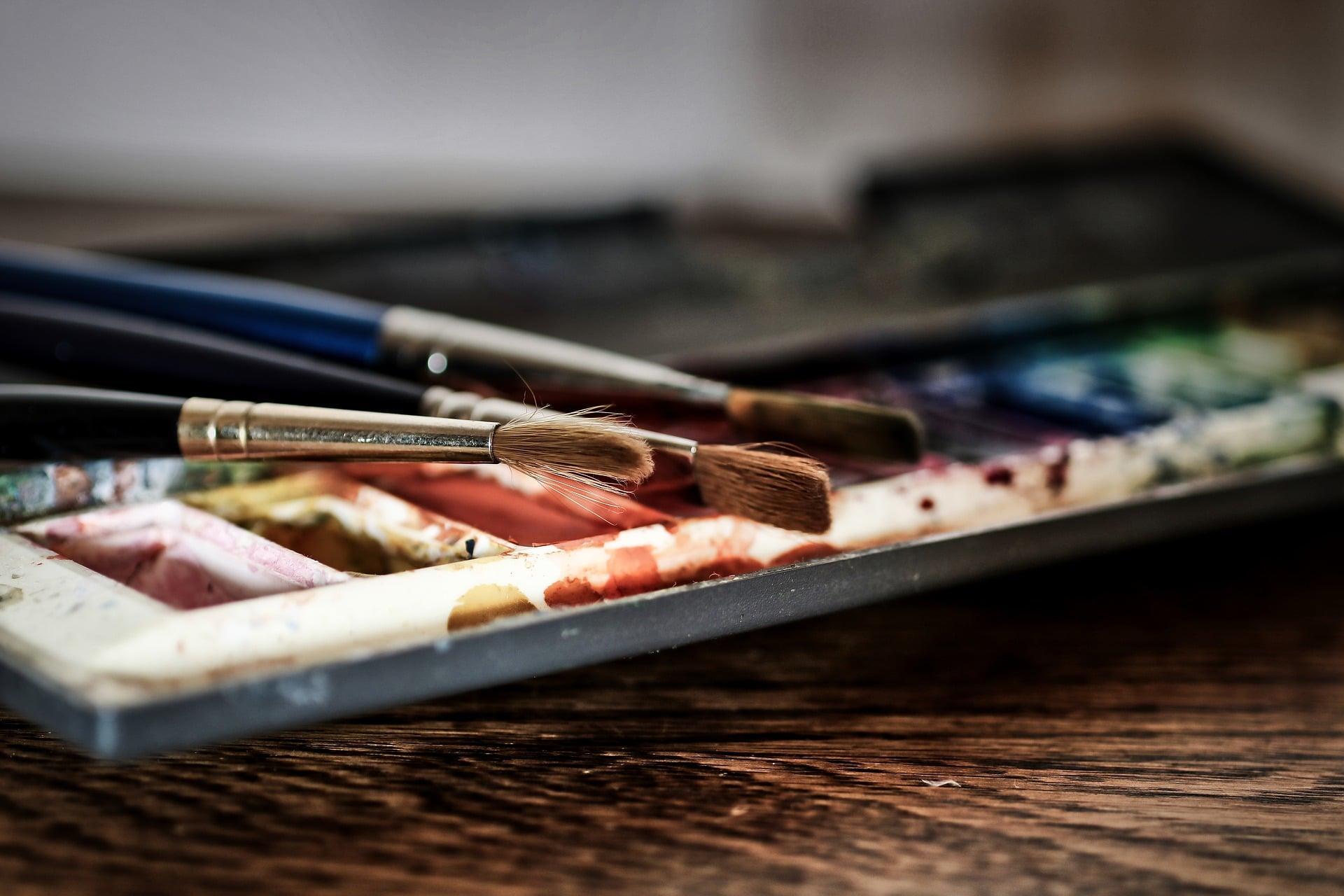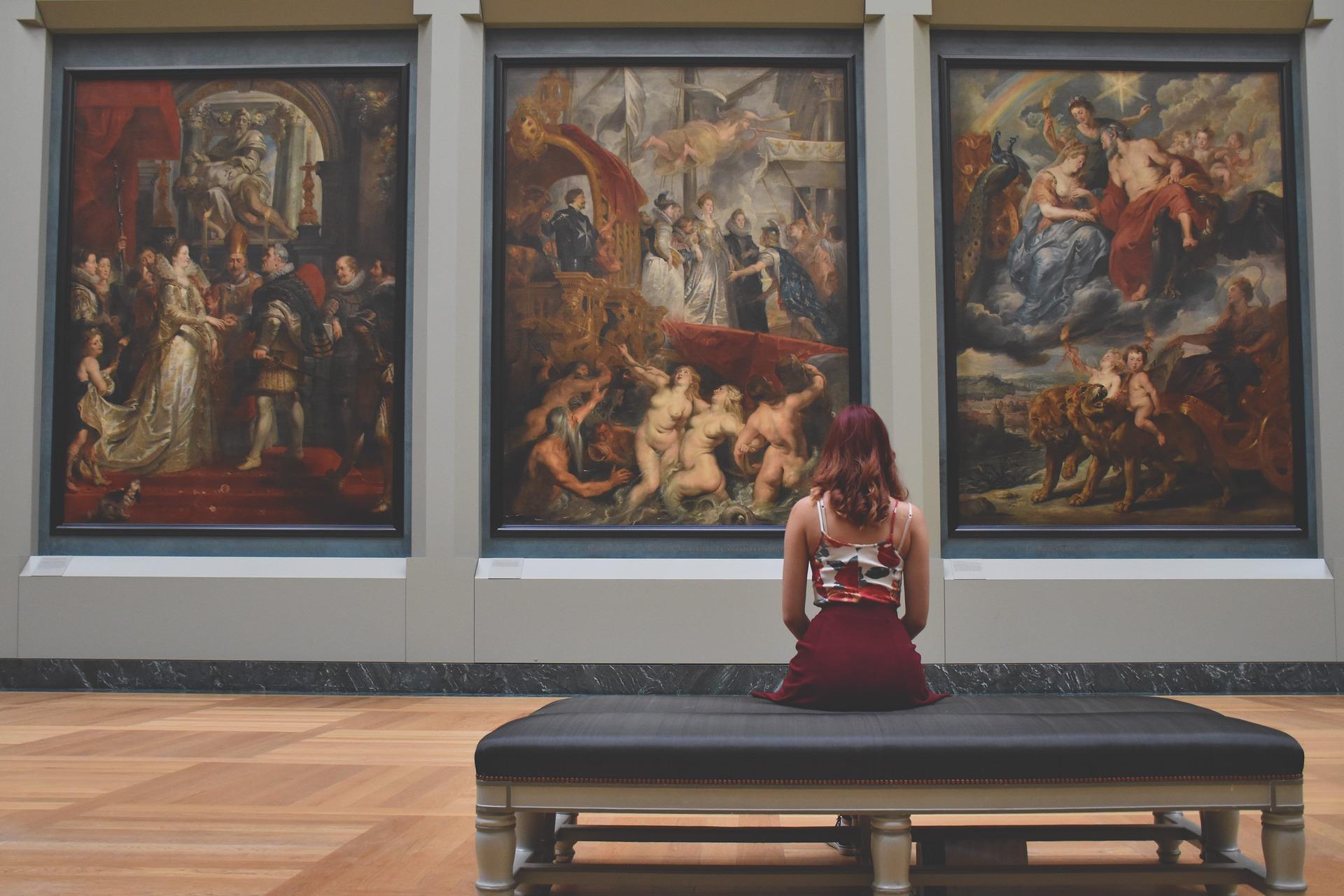So often it is the case that when we think of the most famous paintings in history, we think exclusively about art made by men. But female painters and artists have been creating just as long as men have. Why don’t we study more works made by women in our typical art history education?
The answer is depressingly simple: sexism. In this article, we will shine a light on some of the female artists who had a hand in history, just as much as any man. While it’s not a complete list of known female artists, it’s a great start to expanding your knowledge of pieces made by women.

1. Sofonisba Anguissola (c.1532–1625)
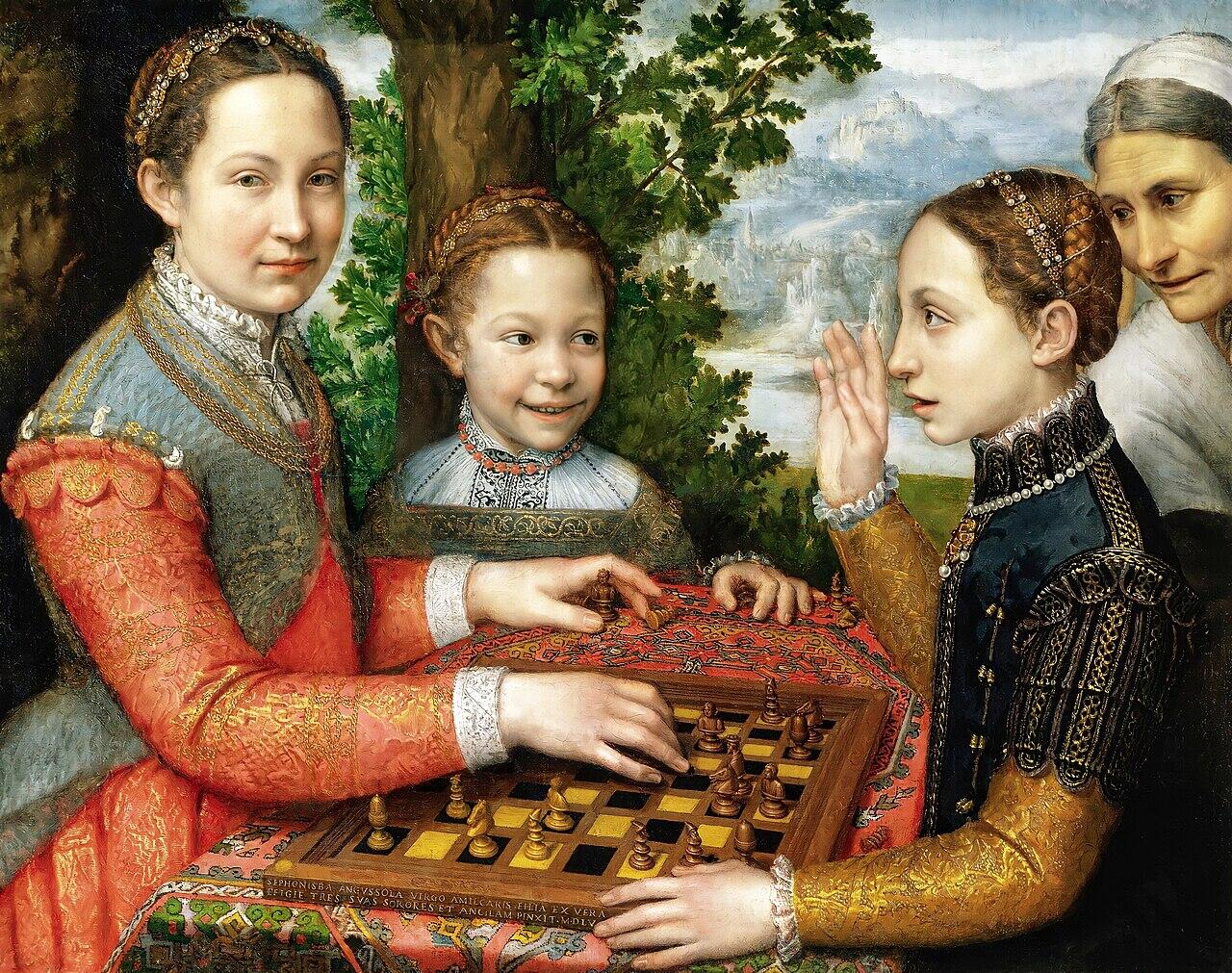
As the first female artist to achieve fame in the Italian Renaissance, Anguissola can perhaps be regarded as the most groundbreaking female artist in Western history. Her initial triumph set a precedent for every woman in the arts after her, making it a little bit easier for each to exist. She was a painting virtuoso who could also dance and play music, making her an extremely popular addition in high society. Her portraiture skills even secured her a place in royal society and ensured her legacy would remain known when she became the lady-in-waiting and tutor for the queen of Spain, Elisabeth of Valois.
2. Artemisia Gentileschi (1593–c.1652)
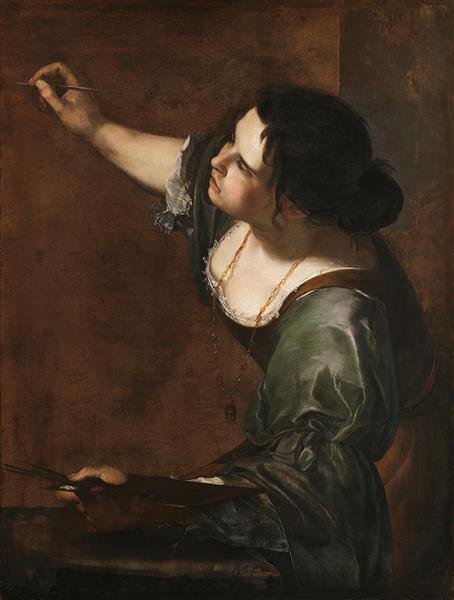
One of the few famous female artists in history to enjoy recognition during her lifetime, Gentileschi was fortunate to be the daughter of an accomplished painter, Orazio. Under his guidance, Artemisia completed her first notable work, “Susanna and the Elders,” when she was just 17 years old and had only been painting seriously for a few years.
Gentileschi’s paintings were typically tinged with a message of female empowerment and, at times, tragedy. While her art would likely have exhibited these themes without a tragic backstory attached, Gentileschi sadly did have her own experience to draw on; she was raped (also around age 17) by one of her father’s colleagues.
Gentileschi’s artworks are highly praised for their expert technical skills, especially for their depiction of the female form and chiaroscuro.
3. Élisabeth Louise Vigée Le Brun (1755–1842)
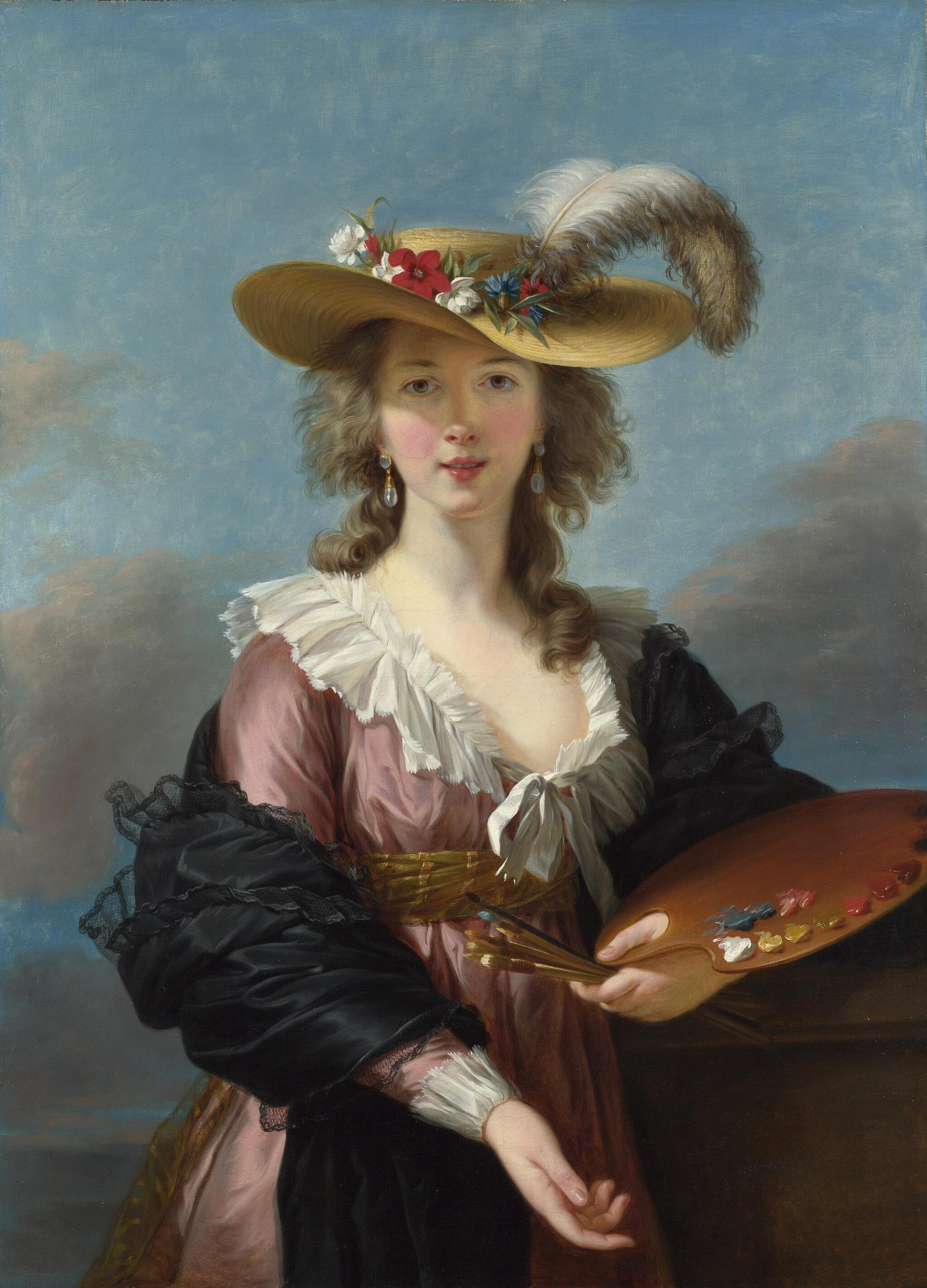
A naturally talented painter from childhood, Vigée Le Brun was additionally blessed to have help from friends and family to promote her artistry to members of the elite class. Her innate ability to create evocative, true-to-life, and flattering portraits earned her the position of official artist to Marie Antoinette in 1778. She was accepted into the Académie de Saint-Luc in 1774 and the Royal Academy of Painting and Sculpture in 1783 solely through merit; her husband’s low social position should have barred her from entry into the Royal Academy! She fled France during the French Revolution in 1789 and went to Italy, where her talents again allowed her to find success and financial comfort. When she returned to Paris in 1802, she seamlessly slipped back into her former role as a famed, well-paid portraitist for the wealthy elite.
4. Mary Cassatt (1844–1926)
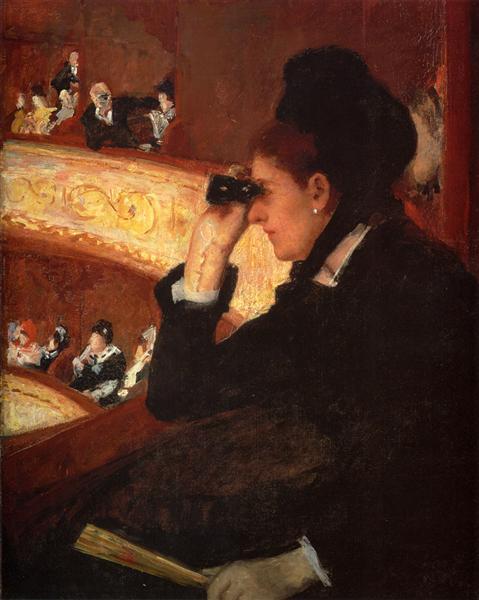
Mary Cassatt is a supreme example of using grit and perseverance to achieve lofty goals.
Though her family appreciated the arts, they didn’t want Mary to become a professional artist. Nevertheless, she attended an art academy in Philadelphia before moving to Paris in 1866 to learn from professionals. There, she gained initial fame from a few of her paintings that had been accepted into the Salon. But working with the Salon was tedious and, in Cassatt’s opinion, the jury was rather sexist.
So, when Edgar Degas, whom Cassatt greatly admired, invited her to join the Impressionists, she naturally agreed. Influenced by Degas and the other Impressionists, her style changed, and she began getting even more fame. Her artistic process evolved over the years, becoming influenced by Japonism, especially, and eventually, Cassatt found her own rhythm outside of labels.
In addition to becoming a famous painter in her own right, Cassatt was also an expert art consultant, helping wealthy Americans source pieces from all over Europe. Throughout her career, she was also a staunch supporter of women’s suffrage.
5. Georgia O’Keeffe (1887–1986)
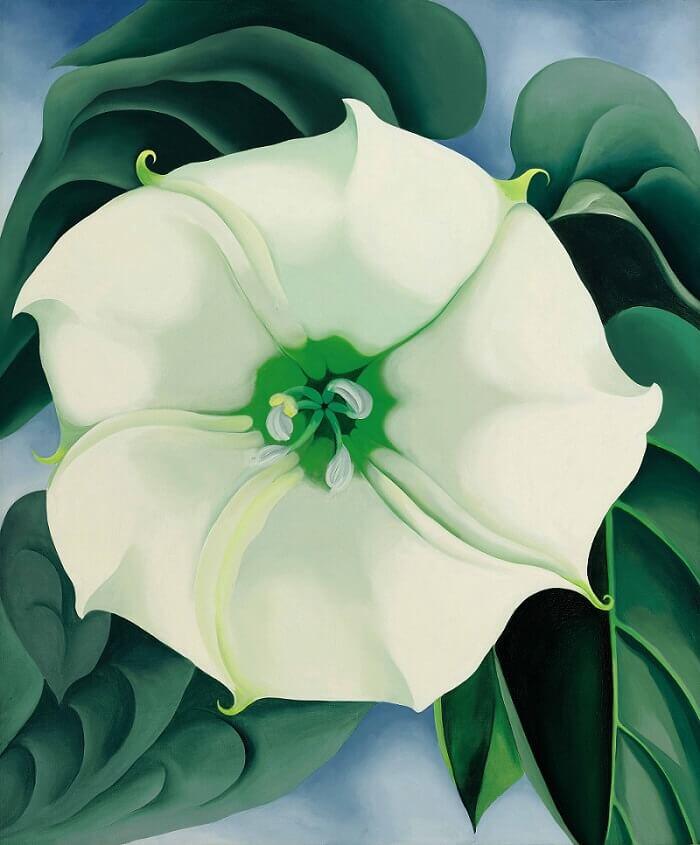
O’Keeffe is known as the “Mother of American Modernism” because her innovative style brought forward a new approach to art in the 1920s and 30s America. She was introduced to art early, and by age 10 knew she wanted to be an accomplished artist. She studied at several higher education institutions, including the Art Institute of Chicago and the University of Virginia, where she met Arthur Wesley Dow. Dow’s teachings radically changed O’Keeffe’s artistic process, leading her to develop her signature style.
In her early 30s, she began gaining more momentum, in part because of her relationship with famous photographer Alfred Stieglitz, who owned a renowned studio in New York City. He frequently showed her art, providing lots of publicity; however, Georgia’s talent and mastery were what made her paintings popular.
She eventually moved to New Mexico because the wide, open spaces, natural landscape and colours, and rurality inspired her. This environment was the inspiration for many of her most famous paintings featuring flowers, skulls, shells, and landscapes. The Georgia O’Keeffe Museum opened its doors in 1997, 11 years after the artist’s passing. It aims to teach visitors more about O’Keeffe’s life and artistic vision.
6. Grace Cossington Smith (1892-1984)
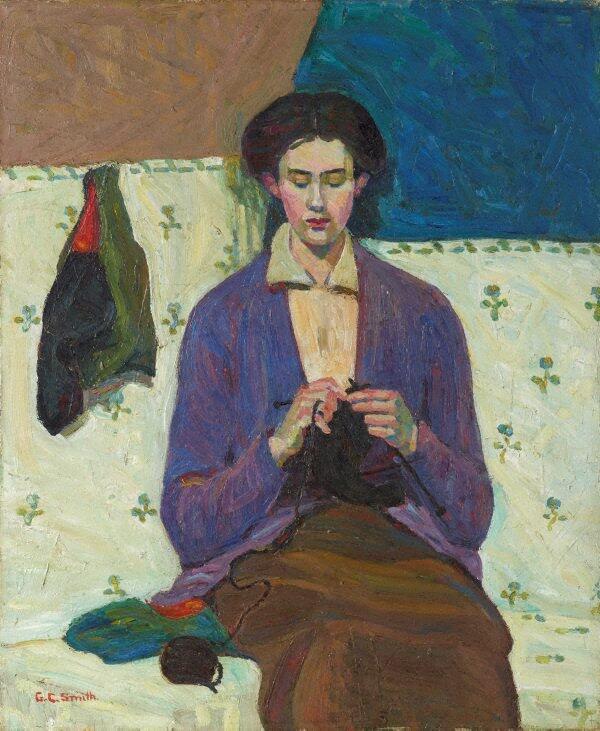
After studying art in Australia, England, and Germany, Smith found her stride as a painter in the Post-Impressionist style. Her exploration of colour as a way to express form and depth captured audiences’ interest. Smith sought to dazzle viewers with the inherent brightness found within colour, which she wanted to use as a way to intensify reality.
7. Frida Kahlo (1907–1954)
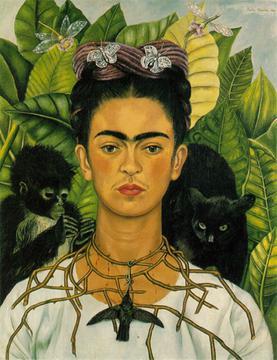
Kahlo’s life was marked with pain and tragedy, including suffering from polio as a child, which permanently affected her right leg, to a horrific bus accident that saw her pierced through the abdomen with a handrail. It was after this bus accident that she began painting, while recovering from her injuries at home in bed. Other hardships in her life created more opportunities for Kahlo to use painting as a way to express her personal mental, emotional, and physical pain. These works resonated with many others, especially women, who appreciated Kahlo’s fierce resolution to boldly share her experiences, even if they disgusted and shocked the broader audience.

8. Lee Krasner (1908–1984)
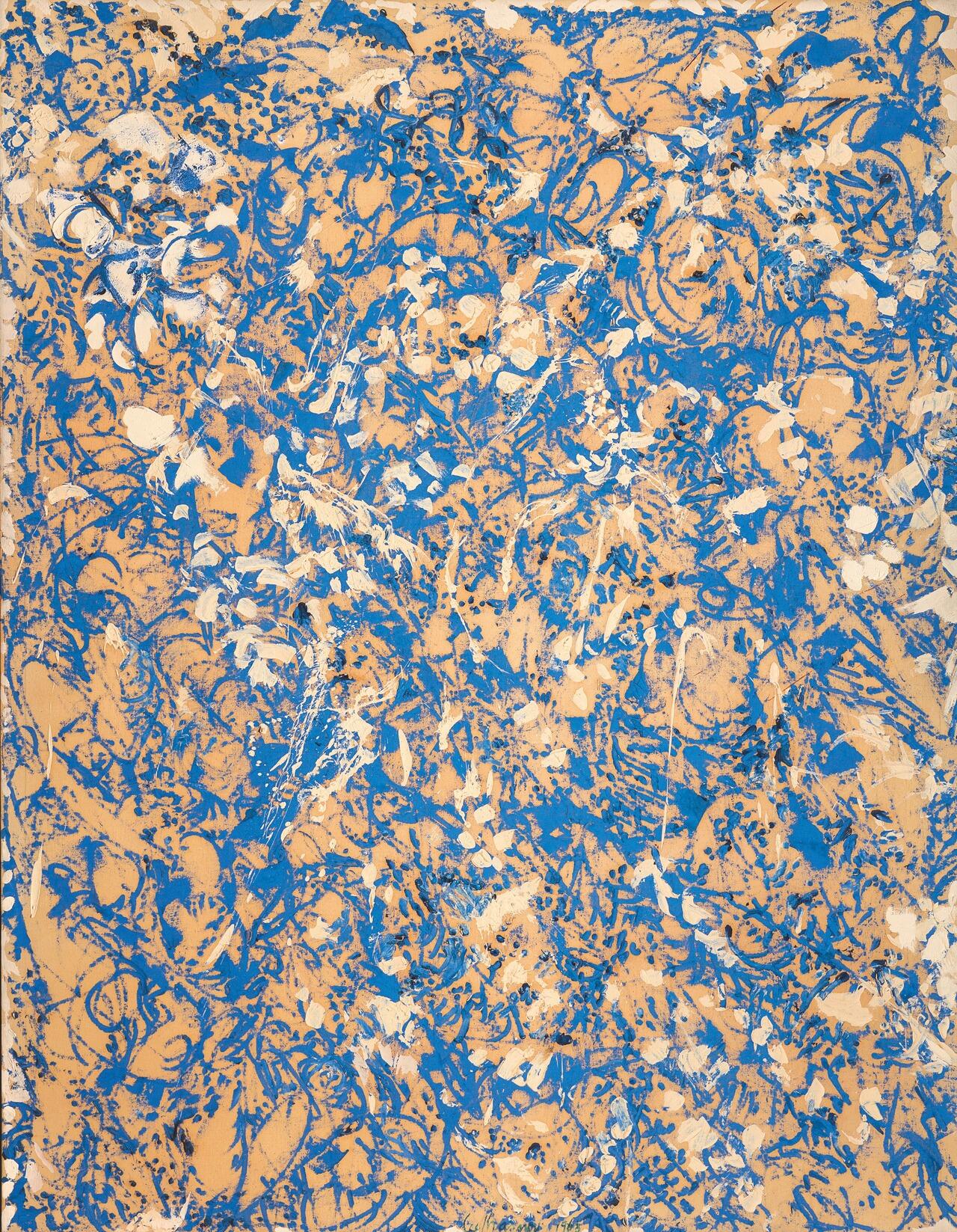
Krasner was a talented and established artist in the ‘30s and ‘40s, well before she met her husband, Jackson Pollock. Unfortunately, like so many women, her renown was diminished in favour of her husband’s achievements. However, that didn’t stop her from making some pivotal contributions to Abstract Impressionism, such as her Little Image paintings. She also respected her husband and his work, continuing to promote his legacy after his untimely death while still creating art herself.
Find the best painting courses Sydney here on Superprof.
9. Joan Mitchell (1925–1992)
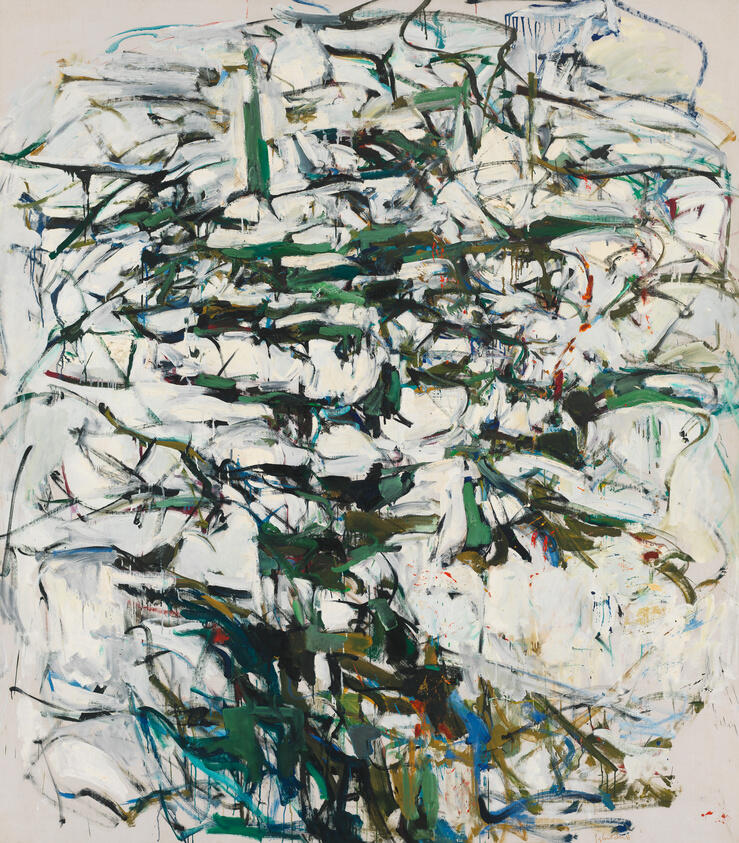
Introduced to the arts at a young age, Mitchell participated in a travel fellowship to France for a year immediately after finishing college. She developed her abstract style and started showing her pieces in New York City along with other contemporary abstract artists. She eventually moved to Paris in 1959 and established herself among the French artists. Her aim when creating a picture was to convey a feeling or idea with such intensity that the viewer could understand the experience, even if they didn’t know the background information of the work. She was also known for her generosity to young artists, leading to the creation of the Joan Mitchell Foundation.
10. Helen Frankenthaler (1928–2011)
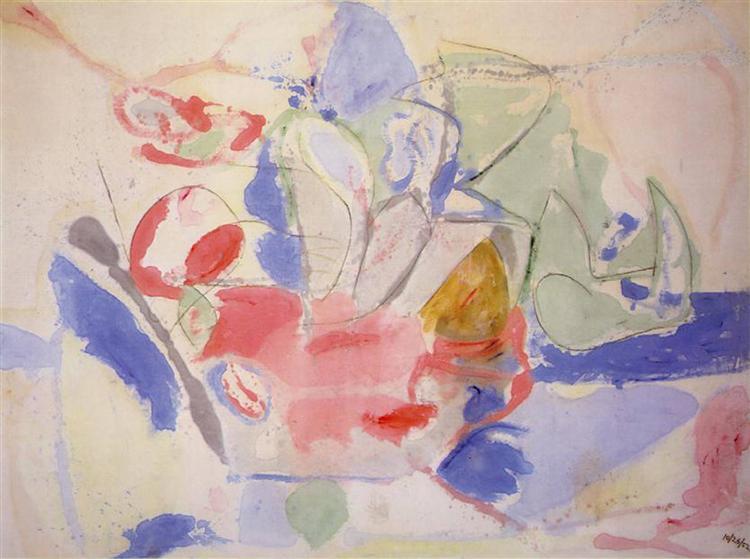
Hailing from an affluent New York family, Frankenthaler was well educated in art throughout her primary school and college days. She broke into the modern art scene in the city after graduating, and with help from famed critic Greenberg, who praised her techniques for being part of the Color Field Movement. Frankenthaler’s innovative “soak-stain” technique sparked a new wave of Abstract Expressionism, and she is hailed as one of the most influential Abstract Expressionists of all time.
11. Faith Ringgold (1930–2024)
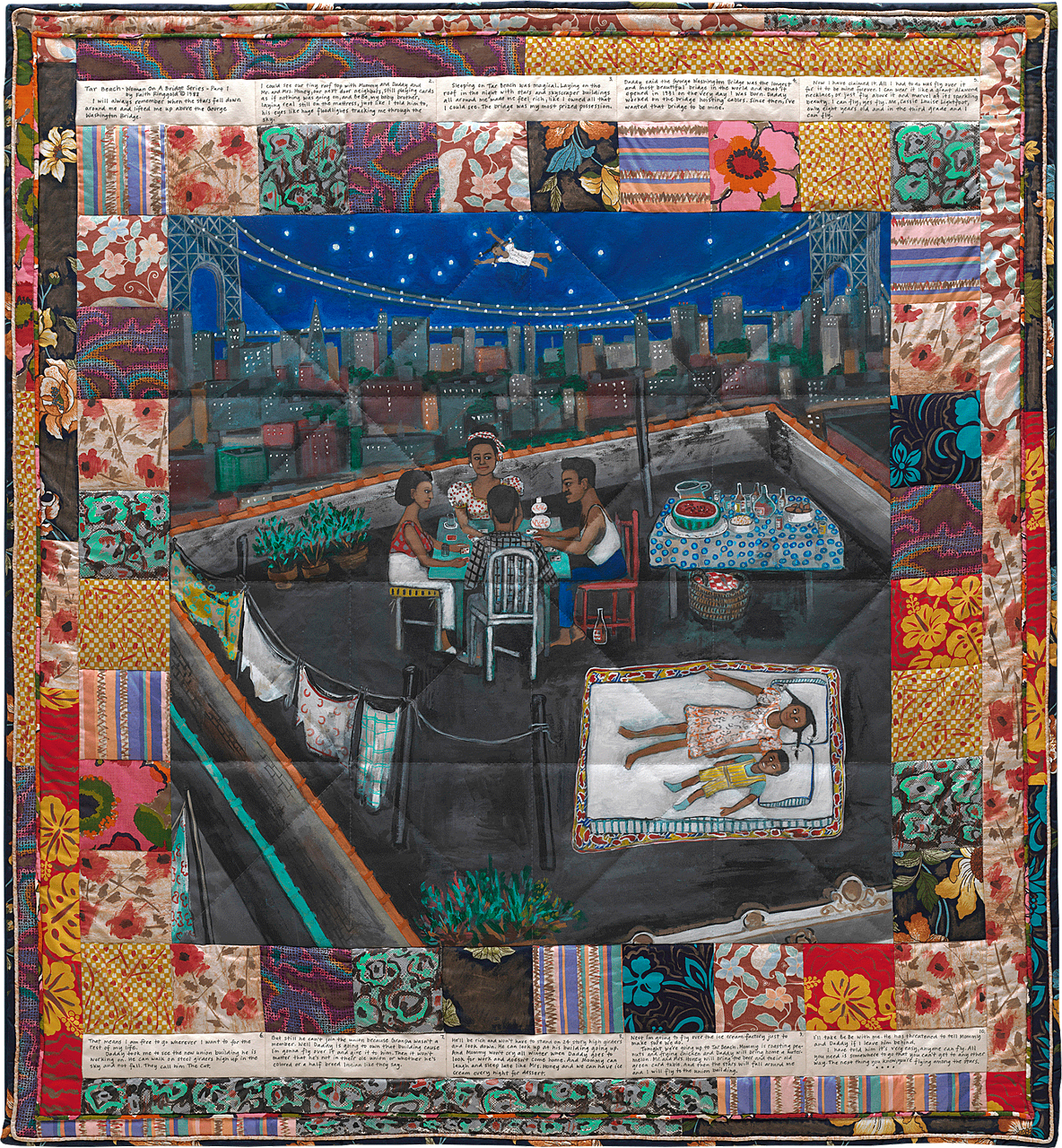
After a career spent teaching art in New York City public schools, making politically-charged oil paintings and posters in the ‘60s, and being an activist in the civil rights movement, Ringgold started creating full-time in the early ‘70s. At that time, she switched to acrylic and performance art, complete with carefully-crafted hooded masks inspired by African tribal garb.
Ringgold is especially known for her paintings on quilts, combining handicraft and fine art together. She was an important figure in the fight to include more Black folks, women, and especially Black women, in the arts, even cofounding a group for Black female artists called Where We At.
12. Baya Mahieddine (1931–1998)
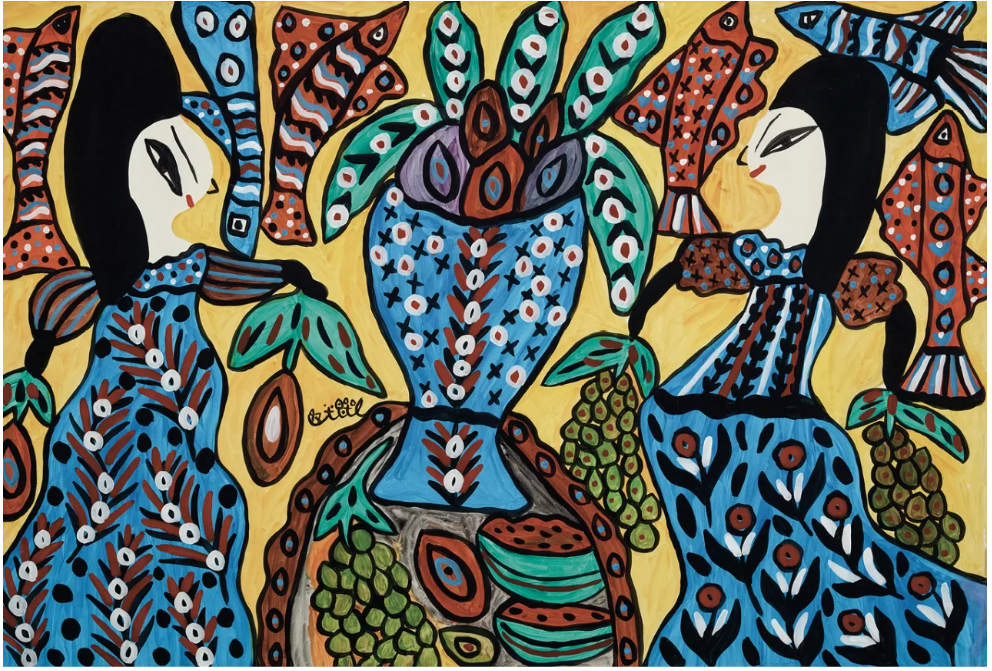
Born in the French colony in Algeria, Baya began her artistic journey as a child by drawing pictures in the sand, carving small pieces of wood, and making figures out of clay. Her art caught the attention of the owner of the farm where she worked, who sent a young Baya to Algiers to learn more about art. Here, she developed her signature style, once again catching attention, this time from a renowned gallery owner, Aimé Maeght. He brought her work to Paris for exhibition, which inspired the Surrealists. Baya moved to a small town in France called Vallauris, where she also experimented with clay. Here, Picasso visited her, and it’s believed that he derived much of his inspiration from her paintings’ fluid forms.
Learn everything you need to know about art techniques with a painting class here on Superprof.
13. Cecily Brown (b. 1969)
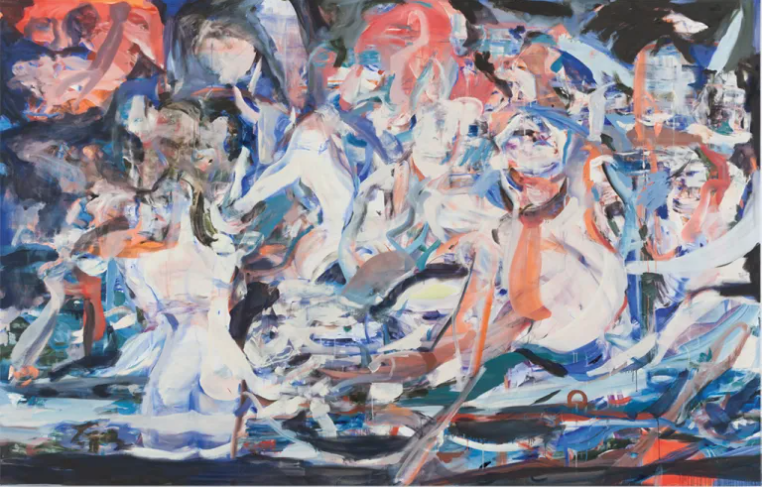
After studying as an exchange student in the New York Studio School, Brown moved permanently to New York City, where she resonated much more with the art scene compared to London. She developed her style to explore sensuality and sexuality, much more graphically than the previous artists on this list, venturing into eroticism. Over time, her artistic process became much more abstract, inviting viewers to use more of their personal imaginations when viewing her pictures with provocative titles.
14. Shahzia Sikander (b. 1969)
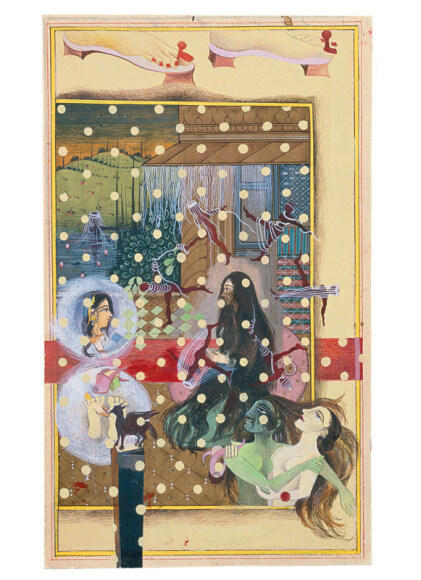
Sikander studied miniature painting in Lahore, Pakistan, earning recognition for her talent and dedication. She seeks to maintain the tradition of miniature painting, while also creating revolutionary pieces based on the traditional art, such as creating large murals with motifs from miniature paintings. Religion and its place in society are recurring subjects in her detailed pictures.
Learn more about art history and techniques with painting courses Melbourne here on Superprof.
15. Amy Sherald (b. 1973)
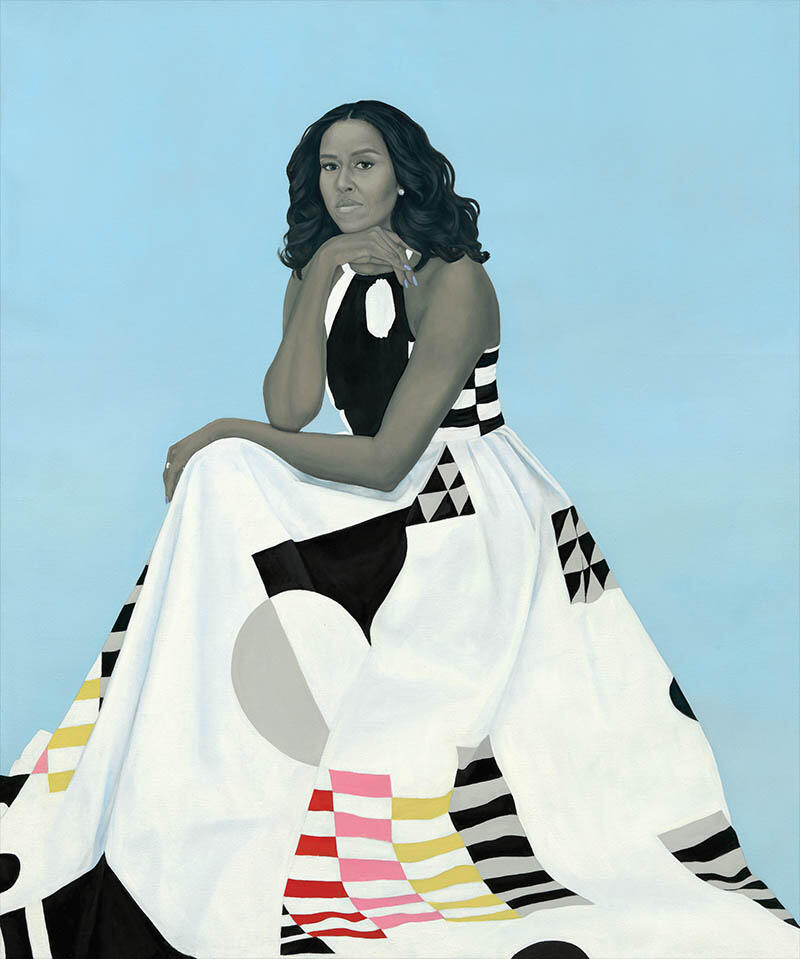
Sherald fell in love with art at a young age, especially the first time she saw a non-white person depicted in a fine art painting. She enrolled in a medical program in college to appease her parents; however, the art course she was taking on the side proved to be a better lead. In it, she met Panama-born artist Arturo Lindsay, who encouraged her to pursue art. Sherald then went on to study intensely, even travelling around the world to learn with masters, including in Panama, Norway, China, and Aruba. In 2016, she won the Outwin Boochever Portrait Competition and was selected to paint First Lady Michelle Obama’s portrait, catapulting her to fame. Sherald’s portraits deliberately portray the subject in grey-scale to de-emphasise their skin colour, instead drawing more attention to things like their posture and expressions.
Art is an ever-changing landscape, full of twists and turns as styles evolve in surprising and exciting new directions. Although it’s still not the most welcoming place for women, it’s becoming easier and easier for more women to enter the world of art and get the recognition they deserve. What kind of creations will future women make?
References
- Amy Sherald Paintings, Bio, Ideas. (n.d.). In The Art Story. https://www.theartstory.org/artist/sherald-amy
- Anguissola Paintings, Bio, Ideas. (n.d.). In The Art Story. https://www.theartstory.org/artist/anguissola-sofonisba
- Baya. (n.d.). In AWARE Women artists / Femmes artistes. https://awarewomenartists.com/en/artiste/baya
- Cecily Brown. (n.d.). In The Guggenheim Museums and Foundation. https://www.guggenheim.org/artwork/artist/cecily-brown
- Élisabeth Louise Vigée Le Brun. (2023). In Palace of Versailles. https://en.chateauversailles.fr/discover/history/great-characters/elisabeth-louise-vigee-brun#consecration
- Faith Ringgold. (n.d.). In The Guggenheim Museums and Foundation. https://www.guggenheim.org/artwork/artist/faith-ringgold
- Grace Cossington Smith. (n.d.). In Art Gallery of NSW. https://www.artgallery.nsw.gov.au/collection/artists/cossington-smith-grace
- Joan Mitchell: Biography. (n.d.). In Joan Mitchell Foundation. https://www.joanmitchellfoundation.org/joan-mitchell/biography
- Lee Krasner. (n.d.). In National Museum of Women in the Arts. https://nmwa.org/art/artists/lee-krasner
- Shahzia Sikander. (n.d.). In AWARE Women artists / Femmes artistes. https://awarewomenartists.com/en/artiste/shahzia-sikander
- (N.d.). artnet.com. https://www.artnet.com/artists/shahzia-sikander/biography

